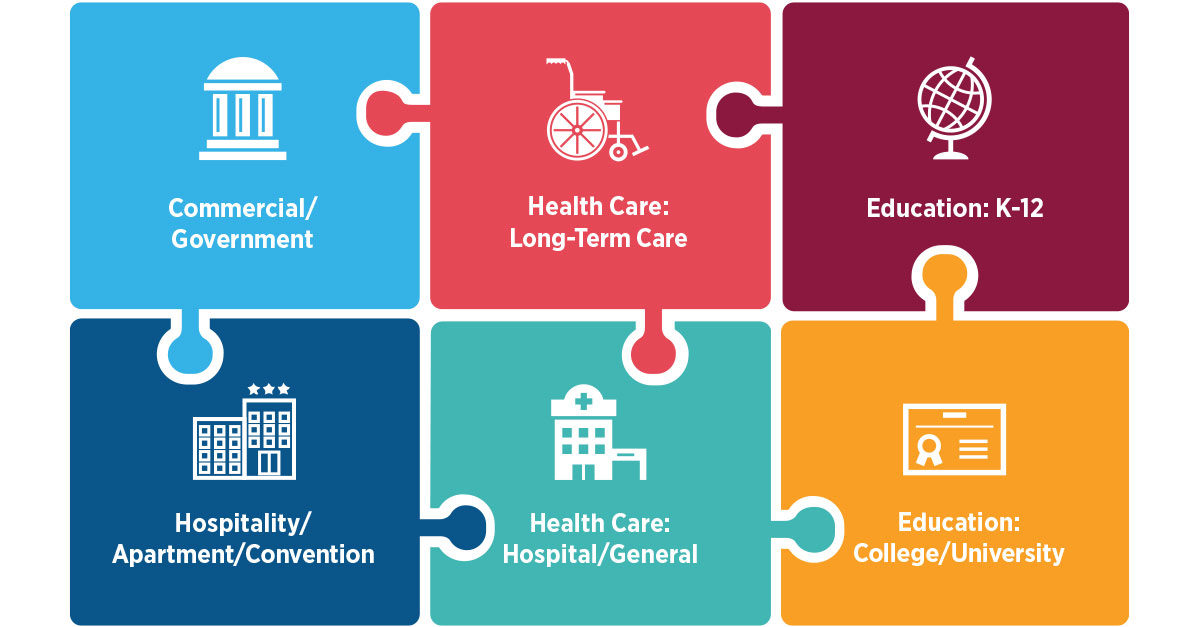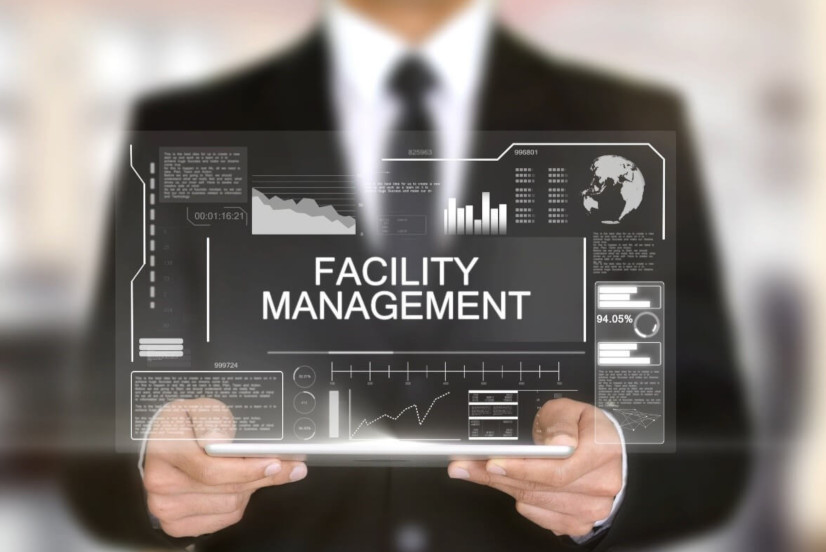Trick Trends Shaping the Future of Center Administration in 2024
As we look ahead to 2024, the landscape of facility management is positioned for substantial transformation, driven by numerous crucial trends. The combination of smart building modern technologies and a change towards data-driven decision-making assurance to boost operational effectiveness while focusing on sustainability in technique. The development of crossbreed job versions is reshaping workplace atmospheres, requiring ingenious design services that cater to advancing worker needs. Amidst these adjustments, the focus on passenger wellness continues to gain grip, emphasizing the significance of a healthy work environment. How these fads will show up in practice stays a vital inquiry for market professionals.
Smart Building Technologies

Smart structure technologies include a wide variety of systems, consisting of intelligent lights, heating and cooling controls, and safety systems. By integrating these systems, center managers can keep an eye on and change specifications in real-time, leading to significant reductions in power waste and operational expenses. Wise sensing units can discover tenancy degrees and adjust lights and temperature accordingly, making sure that power is just utilized when required.
Furthermore, these technologies facilitate improved data collection, enabling organizations to track use patterns and determine chances for additional improvements. The execution of wise building modern technologies not only adds to sustainability objectives yet additionally creates much healthier job atmospheres that can increase employee performance and contentment.
As we move into 2024, the adoption of clever structure innovations will likely increase, mirroring a more comprehensive shift towards more smart, responsive, and sustainable center monitoring practices.
Data-Driven Decision Making
Progressively, companies are leveraging data-driven choice making to boost center administration methods. By utilizing data analytics, facility supervisors can obtain workable understandings that dramatically boost functional performance and resource allocation. The assimilation of innovative modern technologies, such as IoT sensing units and real-time tracking systems, makes it possible for the collection of huge quantities of data on structure performance, occupancy rates, and power usage.
This wealth of information permits facility managers to recognize fads, anticipate upkeep needs, and proactively address concerns prior to they intensify. Predictive analytics can forecast equipment failings, reducing downtime and repair prices. In addition, data visualization devices promote far better communication among stakeholders, making certain that educated choices are made collaboratively.
In addition, data-driven strategies boost strategic preparation by enabling center managers to evaluate the effectiveness of current methods and make informed selections pertaining to financial investments in innovation or infrastructure. As organizations increasingly prioritize operational quality, data-driven decision making is positioned to come to be a foundation of successful center monitoring approaches in 2024 and beyond. Inevitably, the capability to take advantage of data efficiently have a peek at this website will encourage companies to develop a lot more efficient, effective, and resilient centers.
Sustainability and Green Practices
The focus on data-driven decision making naturally straightens with the growing concentrate on sustainability and eco-friendly methods within facility management. As companies significantly prioritize ecological duty, facility managers are leveraging analytics to optimize source usage, minimize waste, and minimize carbon impacts. This critical approach makes it possible for the assimilation of energy-efficient systems, such as LED lighting, smart cooling and heating controls, and renewable energy sources right into center operations.
Additionally, the application of sustainable methods prolongs past power usage. Facility managers are embracing environmentally friendly materials and advertising recycling campaigns to produce a round economic climate within their centers. This not only enhances the ecological account of the organization but likewise fosters a culture of sustainability among staff members.
Conformity with environmental policies is an additional critical facet driving the fostering of environment-friendly methods. By utilizing information analytics, facility managers can check compliance metrics and determine locations for enhancement, guaranteeing adherence to regional and worldwide sustainability standards.
Crossbreed Job Models
A considerable change towards hybrid job designs is reshaping the landscape of center administration in 2024. This paradigm integrates in-office and remote job, necessitating a reevaluation of space utilization, source allocation, and staff member engagement strategies. Organizations are progressively acknowledging the relevance of versatile work areas that deal with diverse needs and choices.
Facility managers have to adjust by applying versatile office designs that sustain collaborative initiatives while offering locations for concentrated job. This includes the combination of modern technology to help with seamless communication and collaboration amongst remote and in-office employees. Smart building services, outfitted with analytics and sensors, enable real-time monitoring of space use, making it possible for organizations to maximize their great site settings effectively.
Additionally, hybrid job designs stress the requirement for reliable facility administration that focuses on worker experience. In significance, the hybrid work model is reinventing facility monitoring, encouraging a proactive method to satisfy the evolving demands of the labor force.
Boosted Passenger Health
As organizations welcome hybrid job designs, a heightened emphasis on owner health is ending up being indispensable to facility administration methods. Facility Management. This change identifies that a healthy and pleased labor force directly influences efficiency and retention prices. Center supervisors are currently prioritizing atmospheres that advertise mental and physical health, integrating aspects such as all-natural lights, biophilic layout, and easily accessible wellness resources

Technology plays an essential role in this development. Smart structure systems can keep an eye on environmental aspects and change settings in real-time, making certain optimal comfort levels - Facility Management. Feedback devices, such as tenancy sensors and staff member studies, enable facility supervisors to constantly refine wellness efforts based on passenger demands.

Conclusion
In 2024, the future of center monitoring will be considerably influenced by the combination of wise building modern technologies and data-driven decision-making, fostering enhanced operational effectiveness. Sustainability initiatives will certainly focus on green techniques, while the introduction of hybrid work versions will certainly necessitate flexible workplace styles. An increased emphasis on occupant health via sophisticated A/c systems and biophilic design will certainly add to healthier job settings. These patterns collectively highlight the advancing landscape of center monitoring in reaction to modern obstacles and chances.
Facility managers are promoting and adopting green products recycling efforts to create a circular economic situation within their facilities.A considerable shift in the direction of crossbreed work models is reshaping the landscape of facility monitoring in 2024.In addition, you can try here hybrid work versions emphasize the need for reliable center management that prioritizes employee experience.As organizations embrace hybrid work versions, an increased emphasis on resident wellness is becoming indispensable to center administration strategies.In 2024, the future of center management will be dramatically influenced by the integration of wise building innovations and data-driven decision-making, fostering improved operational efficiency.